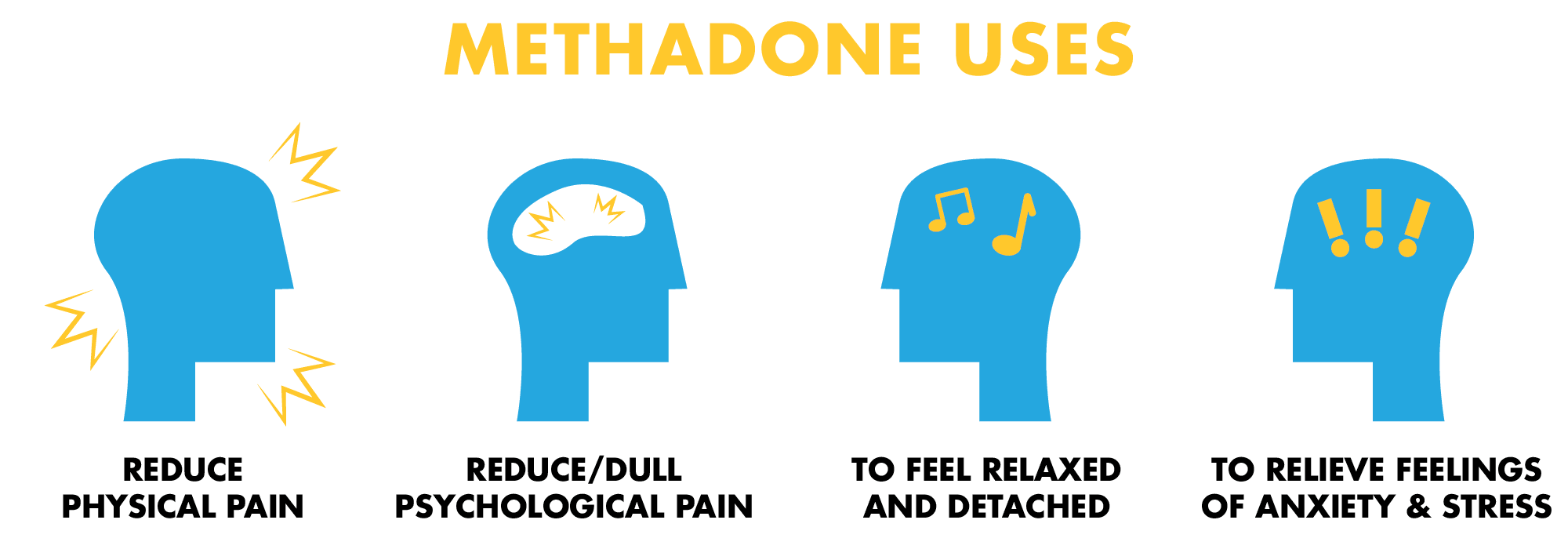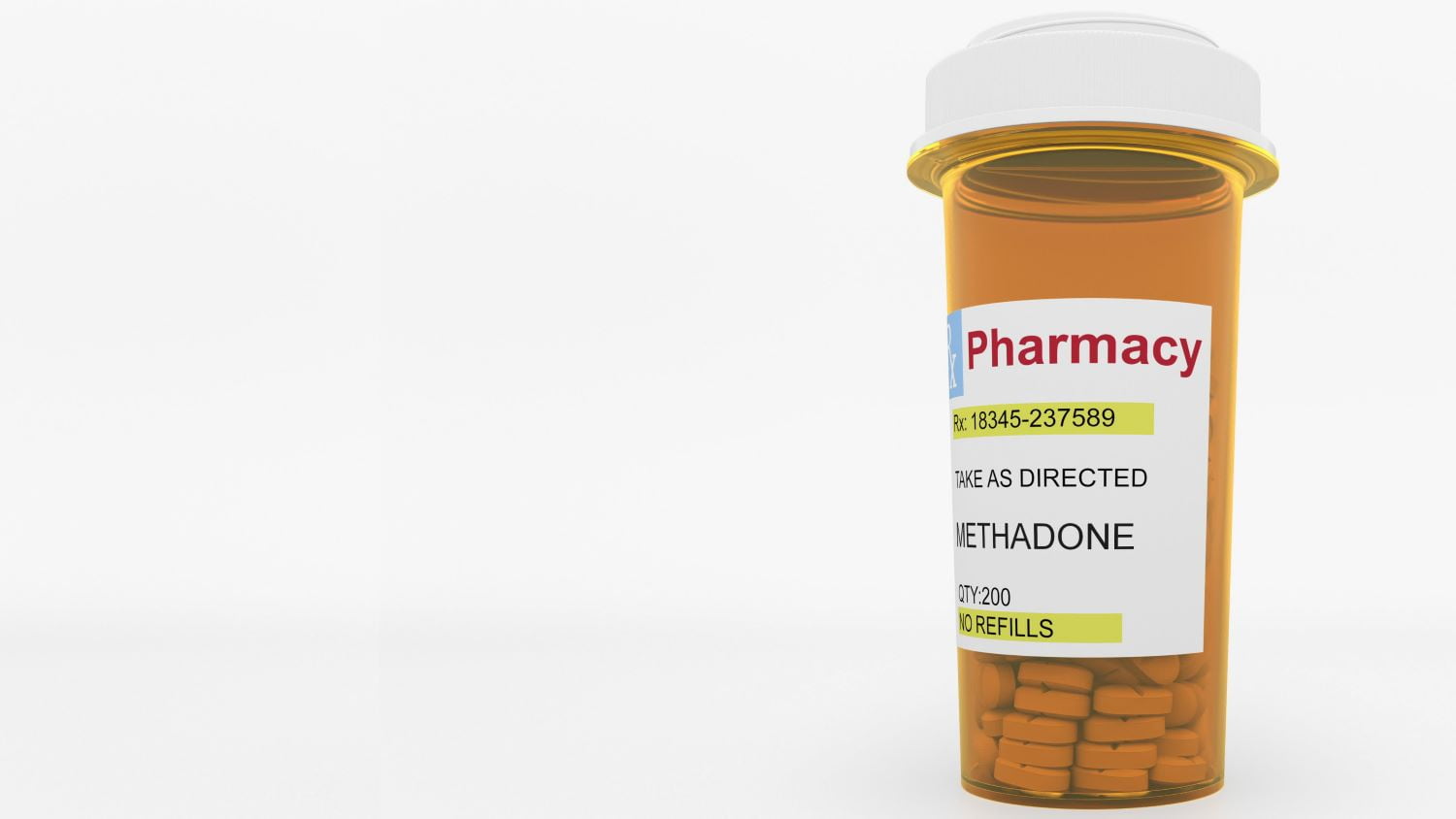4 Things to Keep in Mind as You Taper off Methadone
Opioid addiction is a large problem throughout America. People become addicted to opioids in many different ways. When people are recovering from an accident or injury, they are sometimes prescribed pain killers to minimize the pain that they have to experience. When this happens, they can sometimes become addicted to them. Eventually, the doctors will stop prescribing the drugs to the person and if they are addicted to the pills, they will turn to other opioids to get the feelings they crave and this is where methadone can come into play.
Being able to overcome an opioid addiction by yourself isn’t easy to do. Opioids, such as heroin are readily available, which can make it difficult to stop using. Seeking professional help can make the process easier because you can be prescribed medications, such as methadone to make the recovery easier. It’s important to know that methadone presents its own risks though. The following guide walks you through a few things you need to know about methadone.
What is Methadone?
Methadone is an opioid medication that is long acting and commonly given to people who are trying to recover from an addiction to opioids. The idea of taking an opioid medication to battle an addiction to opioids can seem counter-intuitive to some people. The drug is designed to decrease the cravings and minimize the withdrawal symptoms that come when quitting other opioid use.
Like any other opioid, methadone can be addictive. It needs to be taken properly in order for it to be as effective. When you are ready to stop using methadone, it’s important to taper off of it to reduce the withdrawal symptoms that you experience.
Tapering Should be Monitored
Working with a professional treatment facility is the best way to treat an addiction to opioids. An evaluation needs to be taken to determine how much methadone you need to take, when you need to take it and how you need to take it. You need to be sure that the drug is taken properly in order to be as safe as possible at all times. A professional treatment facility will have the knowledge, tools and staff available to make you feel comfortable throughout your recovery process.
At first you will take a larger dose of methadone to decrease the withdrawal symptoms you feel from stopping the use of heroin or other opioid. Over time, the amount you take needs to gradually decrease. The professionals at the treatment facility can ensure that you are safe throughout the tapering process. The amount of methadone you need to take is determined through many different factors, including your weight, age and length of addiction. If you start to experience any withdrawal symptoms, the staff can determine if they need to increase the doses slightly to get minimize the symptoms you experience. Most symptoms last only a few days but treating them as quickly as possible minimizes the chances of you turning to something else to treat the symptoms.
Tapering off Methadone Takes Time
It’s important to be patient when it’s time to taper off of methadone. You cannot simply stop using it because withdrawal symptoms will occur. If you do quit cold turkey, you will feel nauseous, have headaches, have body aches and feel lethargic overall. Many people compare the symptoms to the way they feel when they have the flu but intensified.
When you are ready to stop using methadone, the doses that you take need to be slowly minimized so that your body can adjust to the changes. This can take many weeks to accomplish if you don’t want to have intense withdrawal symptoms. The staff at the treatment facility can monitor how your body reacts to tapering and slowly decrease the amount of methadone that you take when the time comes.
Tapering Can Be Dangerous
When you taper off of methadone, it’s important to know that relapsing is possible if you aren’t careful. There are many people who make the mistake of thinking that they can handle tapering off of methadone on their own. They assume that because they got clean from the other drugs, they were addicted to that they have the ability to quit using methadone cold turkey through sheer willpower alone. This typically isn’t the case.
When you stop using methadone suddenly, your body will go into detox and start to experience intense withdrawal symptoms. Many people figure out that they cannot handle the symptoms and take a dose of methadone to try to stop the symptoms they are experiencing. This can lead to an overdose because they take too much of the methadone for their body to handle.
Tapering Off Methadone requires Additional Care
When you start tapering off of methadone it means that you are going to return to an opioid-free life in the near future. It’s important to combine the methadone treatment with mental health assistance at the same time. You need to be able to identify why you turned to opioids to begin with and what you can do to minimize the chances of relapsing in the future.
You can meet with a psychologist to learn if you have any mental health issues that need to be treated. Properly treating mental health issues allows you to take control of your life without having to continue methadone use. You can also learn strategies to use if you feel tempted to use again in the future. Taking control of your mental health before leaving a treatment program is essential to long term success when it comes to opioid treatment.
When you are ready to stop using opioids, find a treatment facility that offers a methadone treatment program. You want to be sure that not only can you get access to methadone, but also to counseling sessions, inpatient treatment and help with handling the stress that comes with addiction and everyday life. Once you have treated your addiction and are ready to taper off of the methadone, stay at the treatment facility until you are able to live without methadone completely. This will better your chances of avoiding a relapse in the future.













